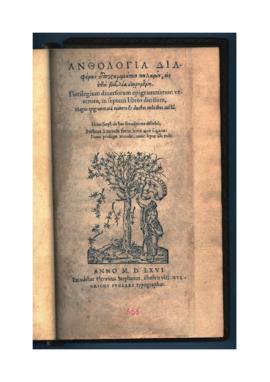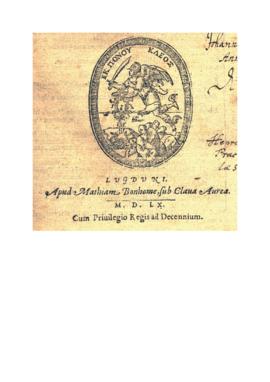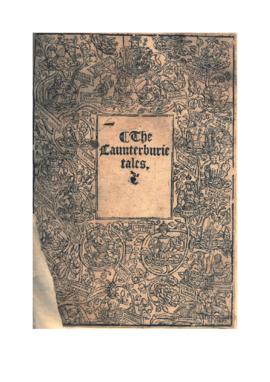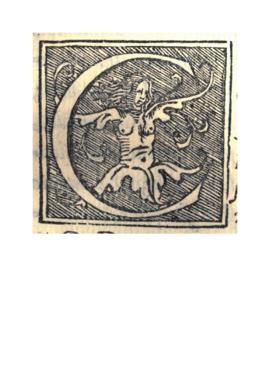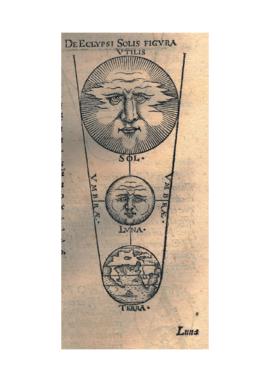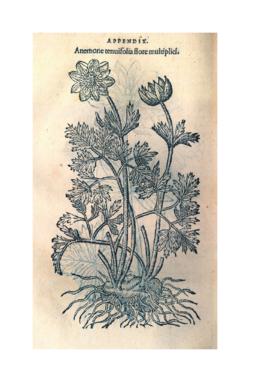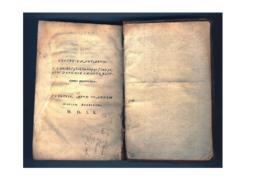- AU TAS UTAS SPARC MTP-Uni-3
- Item
- 1566
Part of Manuscript to Print : images
Anthologia Graeca.
Pr. Henricus Stephanus (Henri Estienne), ‘illustris uiri Huldrichi Fuggeri typographus’, [Geneva], 1566. Using a beautiful Greek typeface.
Inside the front board is the plate of Thornton & Son, Booksellers, 11 The Broad, Oxford. On the front flyleaf, in red ink, ‘E libris Marci Pattisonis, uiri doctissimi, Linc. Coll. Oxon. quondam rectoris – Univ. Oxon.’ Pattison (1813-1884) was rector of Lincoln College Oxford. Inside the front board is the bookplate of Mahinda College, Galle, Ceylon. On it is written, in the same red ink, ‘e libris F. L. Woodward Mahinda College, Galle, Ceylon’ and ‘e Sid. Coll. Cam. schol. 1890’. Given by his executors to the University Library in 1952.
Cent Rare PA 3458 .A2 1566.

